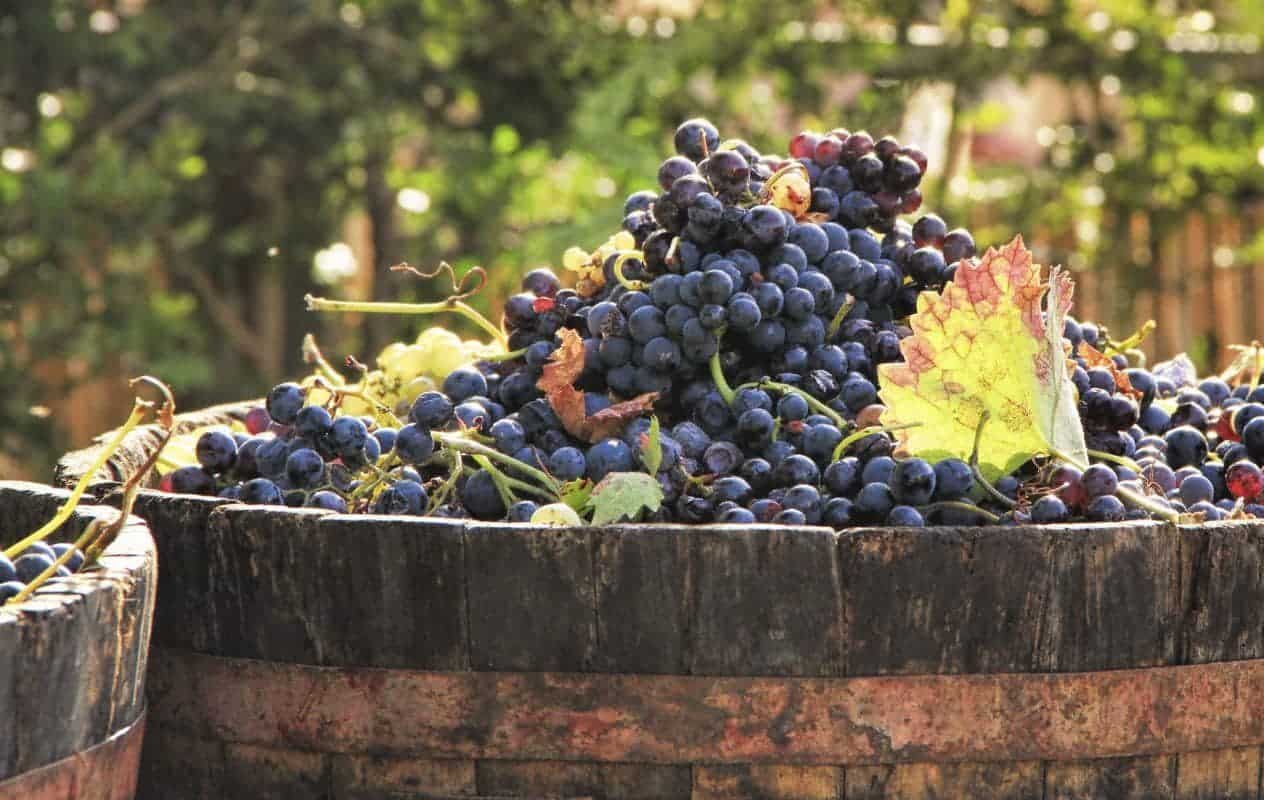Biodynamic Wine – What is that all about?
Proper science or new age guff!?
Have you come across biodynamic wine yet? Have you tried it?
You may already be a fully-fledged ‘biodynamophile’ (I may have just made that word up..) but if you are yet to be enlightened, then it is very likely you will be at some point in the very near future because it is becoming more and more popular every year, and more and more wines are being produced using biodynamic production methods.
So there has to be something in it? Doesn’t there?
Let’s take a look at the rise of biodynamic wine, explore what it actually is and look at some of the methods used in this alternative and sometimes contentious approach to agriculture.
What Is Biodynamic Wine?
Explaining what biodynamic wine is successfully can depend very much upon what your view is. That sounds a little ambiguous I agree but to those who are fans of the biodynamic way the description would be something along the lines of; it’s a way of growing grapes and producing wine that treats the soil, plants and animals in a vineyard as one self-sustaining system. To those who aren’t enthusiasts of the biodynamic approach then you’ll probably hear it being described as a load of old hippy nonsense that has as much foundation in fact as magic, voodoo and homeopathy.
It is probably safe to say that biodynamic production methods and controversy are by no means strangers to each other.
But here at Inspiring Wines we are open to anything that brings more great wine into the world so before we poo-poo the whole thing we need to learn more.
What is involved in Biodynamic agriculture?
Let’s take a look at some of the methods and processes used to produce biodynamic wine. You may be somewhat surprised by what actually constitutes the biodynamic way of doing things!
The whole thing is based originally on indications and ideas published by Rudolf Stiener in his “Agriculture Course” in 1924. He took the groundswell of interest in organic techniques being lauded at the time and added his own esoteric concepts. Since then the work of various agriculturalists and viticulturists have contributed to the further development of his initial indications.
In simple terms biodynamics is very similar to other organic approaches, it highlights the use of various manures, composts and preparations, excluding the use of any artificial chemicals. The approach is to treat animals, crops, and soil as a single system with a reliance on traditional local breeds and varieties and employing local production and distribution systems.
So all sounds good so far?
However it all starts to get a little bit odd when you look a little deeper into some of the biodynamic methods which employ an astrological sowing and planting calendar and various herbal and mineral extracts for composting and sprays; these are sometimes prepared by debatable methods, such as burying ground quartz stuffed into the horn of a cow, which are said to harvest “cosmic forces in the soil”!
Ah! Here we go…
Some examples of biodynamic preparations
A true biodynamic agricultural system would follow the ‘field’ and ‘compost’ preparations 500 to 508, a couple of examples are outlined below:
If you want to find out more there there is a wealth of information available, these two Wikipedia pages are a good starting point for more detail on all the preparations and the approach in general:
https://en.wikipedia.org/wiki/Biodynamic_agriculture
https://en.wikipedia.org/wiki/Biodynamic_wine
Back to our examples:
Preparation 500 – A cow horn filled with cow manure
Yes, you read it right, a cow horn is filled with cow manure. But what do they do with it? Basically, in the case of viniculture they bury it about 17 inches deep in the soil during the winter whilst the vines are dormant. Why? Because biodynamic wine farmers think that somehow the filled horn will bring calcium processes into the soil preparation. It doesn’t end there though. Once the horn is dug up, its contents are mixed in with some water and sprayed on to the vines four times a year. And how do they choose when to do it? By using the phases of the moon.
Preparation 502 – Yarrow sheathed inside a pig’s bladder
Not content with cow manure in a cow horn, another tactic is to use the herb yarrow and put it inside a pig’s bladder and then hang it in the vineyards throughout the summer. Then it is dug up in the spring and its contents used as compost. Apparently this makes trace elements more available to the plant.
Preparation 505 – Oak tree bark in the skull of a sheep or cow
If you thought the two other preparations were slightly odd, take a look at this one! With preparation 505, a skull of the sheep is used and the bark of an oak tree is placed within it. Then, this skull is placed in a barrel with some rotted vegetation for six months in which time the contents of the barrel ferment. This mixture which is left is then used to help combat plant diseases such as fungus.
Where do you stand?
All a bit ‘out there’ for some but perfectly reasonable for others I am guessing? Whilst some of the ‘preparations’ listed above may seem a little ridiculous, in reality the winemakers that do follow a biodynamic approach are very unlikely to be burying manure filled cow horns on a regular basis but instead will adopt the aspects of the framework that deliver noticeable results or improvements to their vines.
There is no doubt that the biodynamic approach is growing a larger and larger following especially when it comes to wine, some smaller producers have been employing these techniques for years but now a number of high-profile commercial growers have converted to biodynamic practices, so there is no doubt it is not simply a fad, there is significant cost and risk involved in moving your production over so there is definitely a school of thought that sees this approach as the future.
Is there any proof it works? Mostly anecdotal to date but many advocates of the approach who have adopted biodynamic methods in their vineyards claim to have achieved improvements in the health of their vines, specifically in biodiversity, soil fertility, crop nutrition, and disease management. However one long term study in a California vineyard came to the conclusion that there was little difference between a biodynamic and regular organic approach with respect to yield or quality of soil. I guess it depends who you ask?
Biodynamic agriculture might be a bit strange depending on your point of view. But it is clear its becoming more and more popular and some of the wines that are being produced are lauded by critics and consumers alike. So whilst it may be a little bit weird it is worth keeping an open mind because it can produce some cracking wines. And that’s the main thing!
Ready to try biodynamic wine?
A worthy advocate of biodynamic approach as a whole is Emiliana Estate in the Colchagua Valley, Chile, one of the most important producers of organic and biodynamic wines and the largest in South America, they consistently produce award winning, highly regarded wines. Their spectacular biodynamic vineyard and winery at Los Robles is a model that attracts visiting viticulturists and winemakers from all over the world. General Manager José Guilisasti and winemaking consultant Alvaro Espinoza were the key to establishing the project to convert a large commercial winery into a commercially viable organic and biodynamic one. No mean feat, with amazing results.
If you are in the market to sample a biodynamic wine you can’t go far wrong with their Emiliana Coyam. A full bodied and juicy red which combines ample dark fruit characters with appealing clove, pepper and star anise spice. It’s a proper cracker! Give it a try, you won’t regret it.
Written by: Dean Spencer – Director – Inspiring Wines
If you have enjoyed this post do us a massive favour, spread the love and share it with your social media friends. We really appreciate it.



